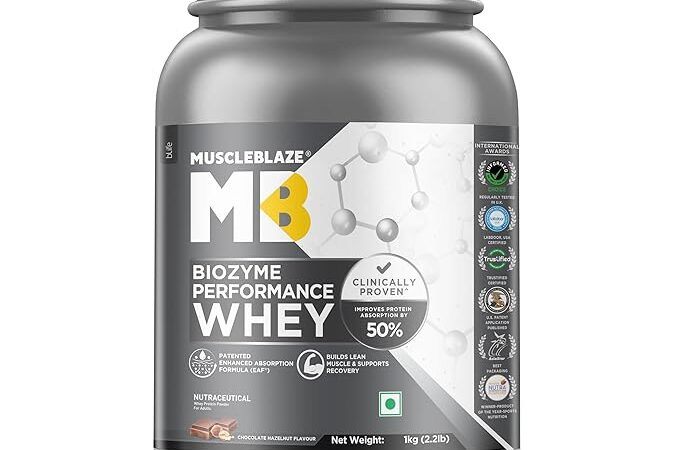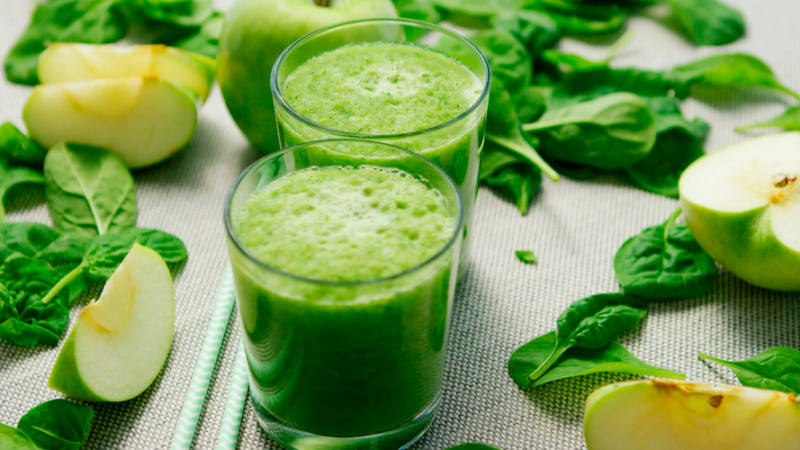Top 5 Foods with Low Calories and High Protein
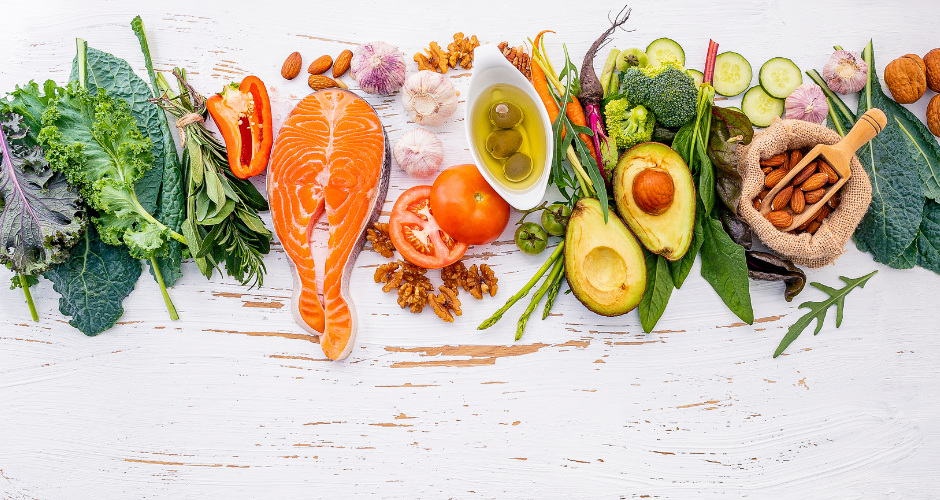
In today’s health-conscious world, many seek to maintain a balanced diet without sacrificing taste or satisfaction. One popular approach is to incorporate foods that are low in calories yet high in protein. This combination helps in weight management and supports muscle growth and repair, making it an ideal choice for those looking to improve their overall health and fitness. This article will explore the top five Foods with Low Calories and High Protein.
Greek Yogurt
For good reason, Greek yogurt has gained immense popularity in recent years. Not only is it creamy and delicious, but it’s also an excellent source of protein. A typical 6-ounce (170-gram) serving of plain, non-fat Greek yogurt contains around 17 grams of protein and only about 100 calories. This makes it a perfect snack or meal component for those looking to increase their protein intake without consuming excessive calories.
Benefits of Greek Yogurt
- Probiotics: Greek yogurt often contains probiotics, which can improve digestive health and boost the immune system. These beneficial bacteria help maintain a healthy gut flora, essential for nutrient absorption and overall well-being.
- Calcium-Rich: It’s rich in calcium, promoting bone health and strength. Calcium is crucial for maintaining bone density and preventing osteoporosis, especially as we age.
- Satiety: The combination of protein and probiotics can help increase feelings of fullness, aiding in weight management. This makes Greek yogurt an excellent option for those looking to control their appetite and reduce overall calorie intake.
Greek yogurt can be enjoyed independently or as a versatile ingredient in various recipes. Add fresh fruits and a drizzle of honey for a sweet treat, or mix it with herbs and spices for a savory dip. Its high protein content and creamy texture make it a satisfying addition to smoothies, parfaits, and baked goods.
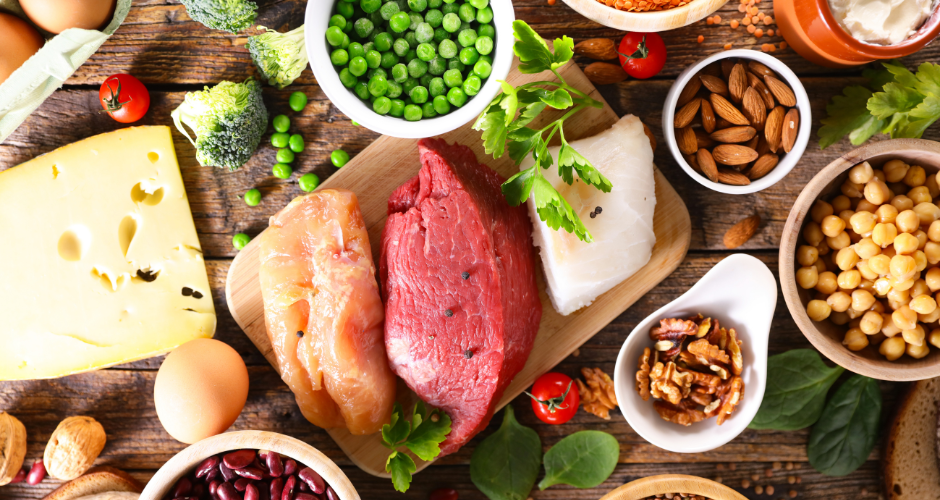
Eggs
For good reason, eggs have long been hailed as a nutritional powerhouse. They’re packed with high-quality protein and essential nutrients while being relatively low in calories. One large egg contains approximately 6 grams of protein and only about 70 calories, making it an excellent choice for those looking to boost their protein intake without consuming excess calories.
Benefits of Eggs
- Complete Protein: Eggs contain all nine essential amino acids, making them a complete protein source. These amino acids are vital for various bodily functions, including muscle repair and growth.
- Nutrient-Dense: They’re packed with vitamins and minerals, including vitamin D, B12, and choline, essential for various bodily functions. Vitamin D supports bone health, vitamin B12 is necessary for red blood cell production, and choline plays a crucial role in brain health.
- Antioxidants: Eggs contain antioxidants like lutein and zeaxanthin, which promote eye health and reduce the risk of age-related macular degeneration. These antioxidants help protect the eyes from damage caused by free radicals.
Furthermore, eggs are incredibly versatile and can be prepared in numerous ways, including boiled, scrambled, poached, or baked. They can be enjoyed as part of a balanced breakfast, added to salads or sandwiches, or incorporated into various recipes to increase their protein content without significantly increasing calorie intake. For those concerned about cholesterol, it’s worth noting that moderate egg consumption has been shown to have little effect on blood cholesterol levels for most people.
How Keto 2.0 Diet Offers Improved Benefits
Chicken Breast
Chicken breast is a staple in many healthy diets thanks to its high protein and low-calorie count. It’s an excellent source of lean protein, with a 3-ounce (85-gram) serving providing approximately 26 grams of protein and only about 120 calories. Additionally, chicken breast is rich in nutrients like niacin, vitamin B6, and selenium, which are essential for overall health and well-being.
Benefits of Chicken Breast
- Low in Fat: Chicken breast is low in fat and calories but high in protein, making it an excellent choice for muscle-building and weight management. It provides substantial protein without the added fats found in other protein sources.
- Nutrient-Rich: It’s a good source of essential nutrients like niacin, which supports metabolism, and selenium, which has antioxidant properties. These nutrients play vital roles in energy production and immune function.
- Versatile: Chicken breast can be prepared in various ways, allowing for a wide range of meal options while providing a high protein content. Whether grilled, baked, or sautéed, chicken breast can be seasoned and cooked to suit any taste preference.
To keep calorie intake low while maximizing protein content, choose cooking methods that require minimal added fats, such as grilling or baking. Season chicken breast with herbs and spices to add flavor without adding unnecessary calories. Pair it with a variety of vegetables and whole grains for a balanced and nutritious meal.
Does Portion Control Really Work for Weight Loss
Cottage Cheese
Cottage cheese is another low-calorie, high-protein food that deserves a place on your plate. A 1-cup (210-gram) serving of low-fat cottage cheese provides approximately 28 grams of protein and only about 160 calories. It’s also rich in calcium, phosphorus, and other essential nutrients for bone health and muscle function.
Benefits of Cottage Cheese
- Casein Protein: Cottage cheese contains a high proportion of casein protein, which is slowly digested, providing a steady release of amino acids for muscle repair and growth. This makes it an excellent option for a pre-bedtime snack to support overnight muscle recovery.
- Low in Calories: Despite its high protein content, cottage cheese is relatively low in calories, making it a filling and satisfying snack or meal component for those watching their calorie intake. Its low-calorie density allows you to consume a more significant portion without excessive calories.
- Bone Health: Cottage cheese’s high calcium and phosphorus content supports bone health, helping to maintain bone density and reduce the risk of fractures.
Cottage cheese can be enjoyed individually as a snack or incorporated into sweet and savory dishes. It can be added to smoothies for a protein boost, used as a topping for salads or baked potatoes, or mixed with fruits and nuts for a delicious and nutritious dessert. For a savory twist, try mixing cottage cheese with herbs and spices to create a flavorful spread for crackers or vegetables.
Can Mindful Eating Help With Weight Loss?
Cruciferous Vegetables
Cruciferous vegetables, such as broccoli, cauliflower, Brussels sprouts, kale, and cabbage, are low in calories and pack a significant amount of protein per serving. For example, one cup of cooked broccoli contains about 3 grams of protein and only 55 calories. These vegetables are also rich in fiber, vitamins, and minerals, making them an excellent choice for overall health and well-being.
Benefits of Cruciferous Vegetables
- Cancer Prevention: Cruciferous vegetables are linked to a lower risk of various cancers due to their bioactive compounds, such as sulforaphane and indole-3-carbinol. These compounds have been shown to have anti-cancer properties and support detoxification processes in the body.
- Heart Health: These vegetables support heart health by lowering cholesterol and promoting healthy blood pressure. Their fiber content helps reduce LDL cholesterol levels, while their potassium content supports healthy blood pressure regulation.
- Blood Sugar Regulation: Cruciferous vegetables help regulate blood sugar levels and improve insulin sensitivity. Their high fiber content slows the absorption of sugar into the bloodstream, preventing spikes in blood glucose levels.
Cruciferous vegetables can be enjoyed raw, steamed, roasted, or sautéed as a balanced meal or snack. They can be added to salads, stir-fries, soups, or omelets to increase their protein content and provide a satisfying crunch and flavor. Try roasting broccoli or Brussels sprouts with a drizzle of olive oil and a sprinkle of your favorite seasonings for a delicious side dish.
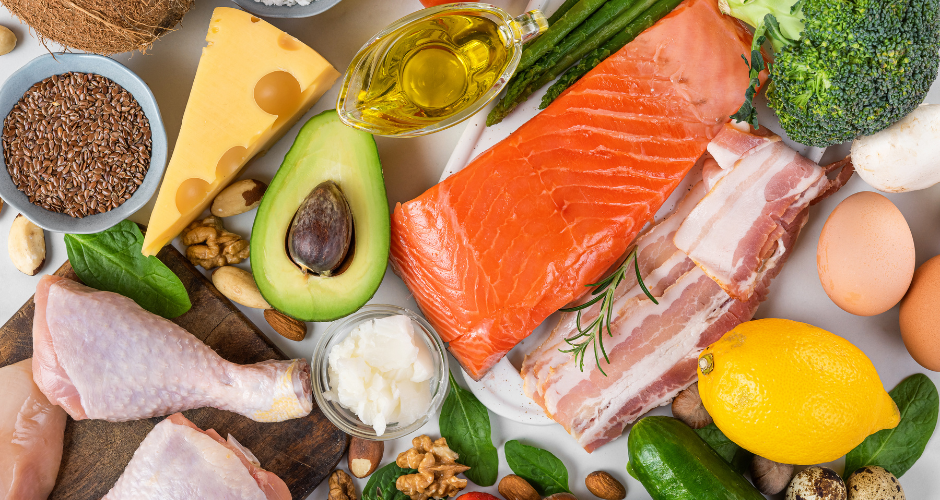
Incorporating Low-Calorie, High-Protein Foods into Your Diet
Incorporating low-calorie, high-protein foods into your diet is a simple yet effective way to support your health and fitness goals. Here are some tips for adding these foods to your daily meals:
- Breakfast: Start your day with a high-protein breakfast by including Greek yogurt or eggs. Add Greek yogurt to your morning smoothie, or enjoy it with fresh fruit and a sprinkle of nuts. Prepare a vegetable omelet with eggs and your favorite cruciferous vegetables for a savory option.
- Snacks: Keep low-calorie, high-protein snacks on hand to curb hunger between meals. Enjoy a serving of cottage cheese with sliced vegetables or whole-grain crackers, or munch on a hard-boiled egg for a quick protein boost.
- Lunch and Dinner: Include chicken breast or cruciferous vegetables in your main meals. Add grilled chicken breast to a salad or wrap, or serve it alongside a generous portion of roasted Brussels sprouts or cauliflower. Experiment with different seasonings and cooking methods to keep your meals exciting and flavorful.
- Desserts: Satisfy your sweet tooth with a high-protein dessert by incorporating Greek yogurt or cottage cheese. Create a parfait with layers of Greek yogurt, fresh fruit, and a drizzle of honey, or blend cottage cheese with sweetener and vanilla extract for a creamy, protein-packed treat.
By prioritizing these Foods with Low Calories and High Protein, you can increase your protein intake without exceeding your calorie goals, helping you to look and feel your best. Pair these protein-rich foods with various fruits, vegetables, whole grains, and healthy fats to ensure a well-rounded and balanced diet.




